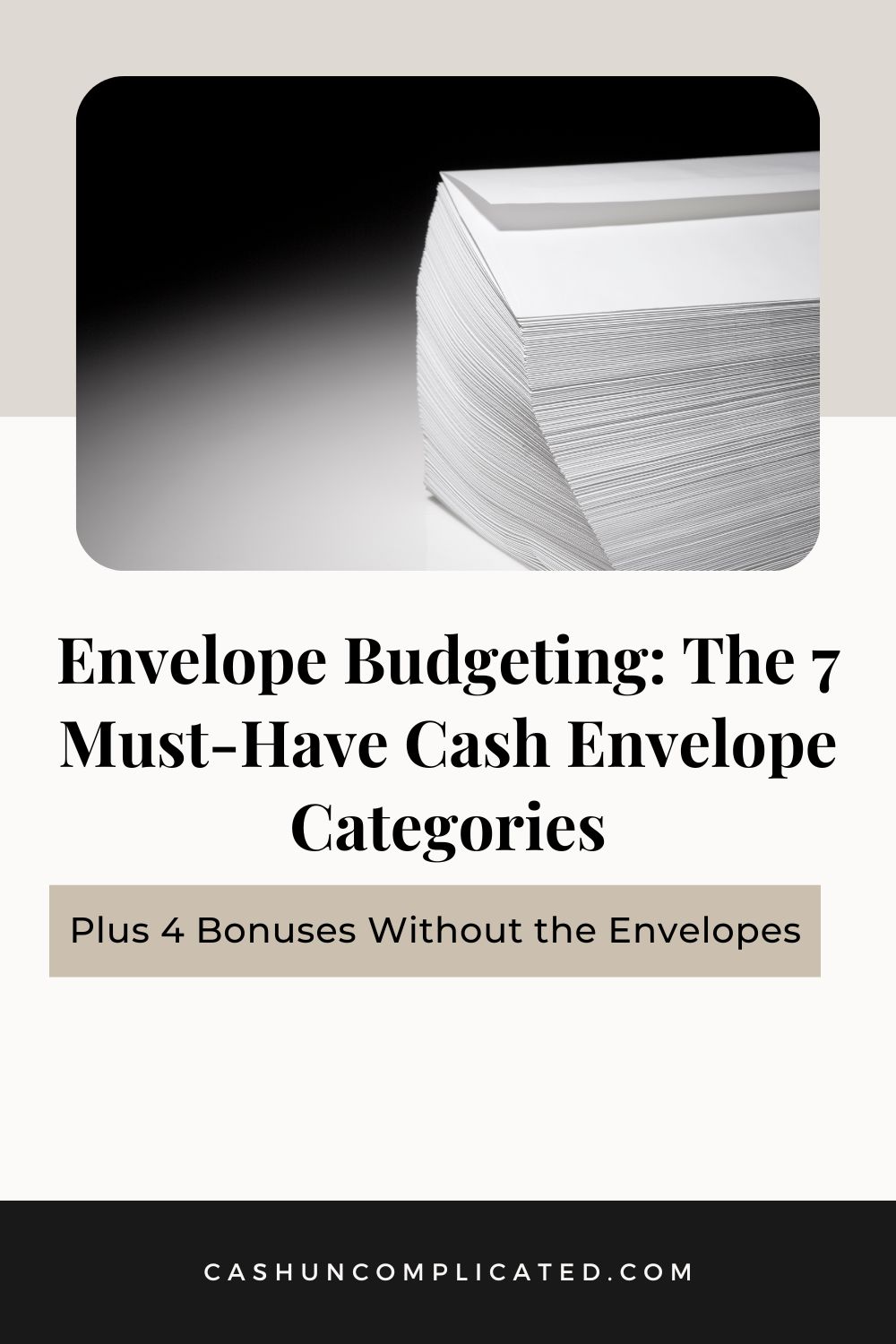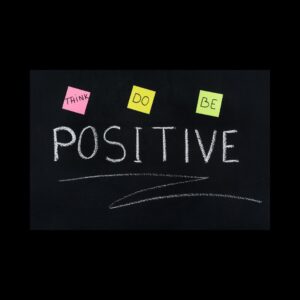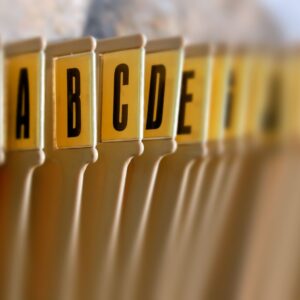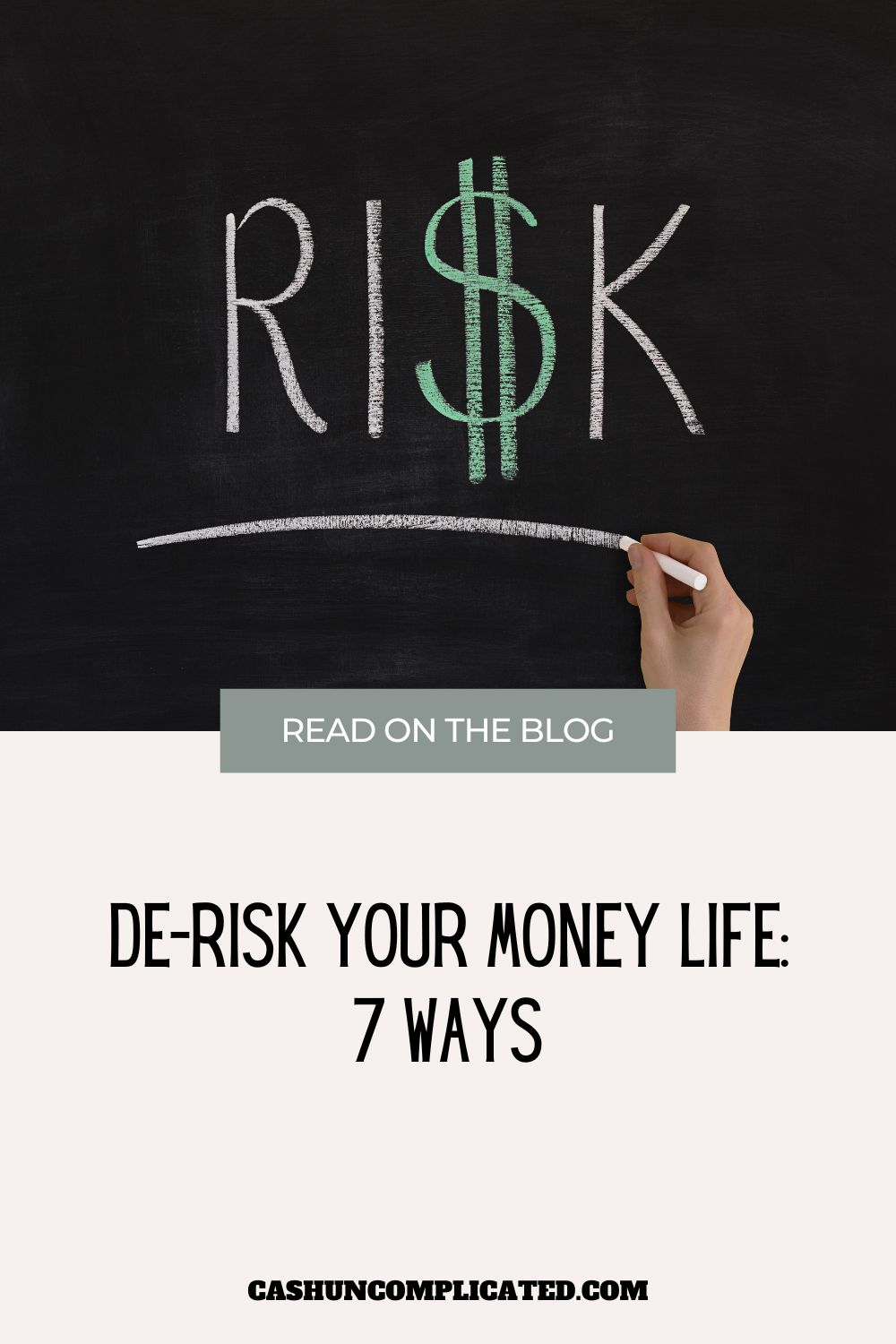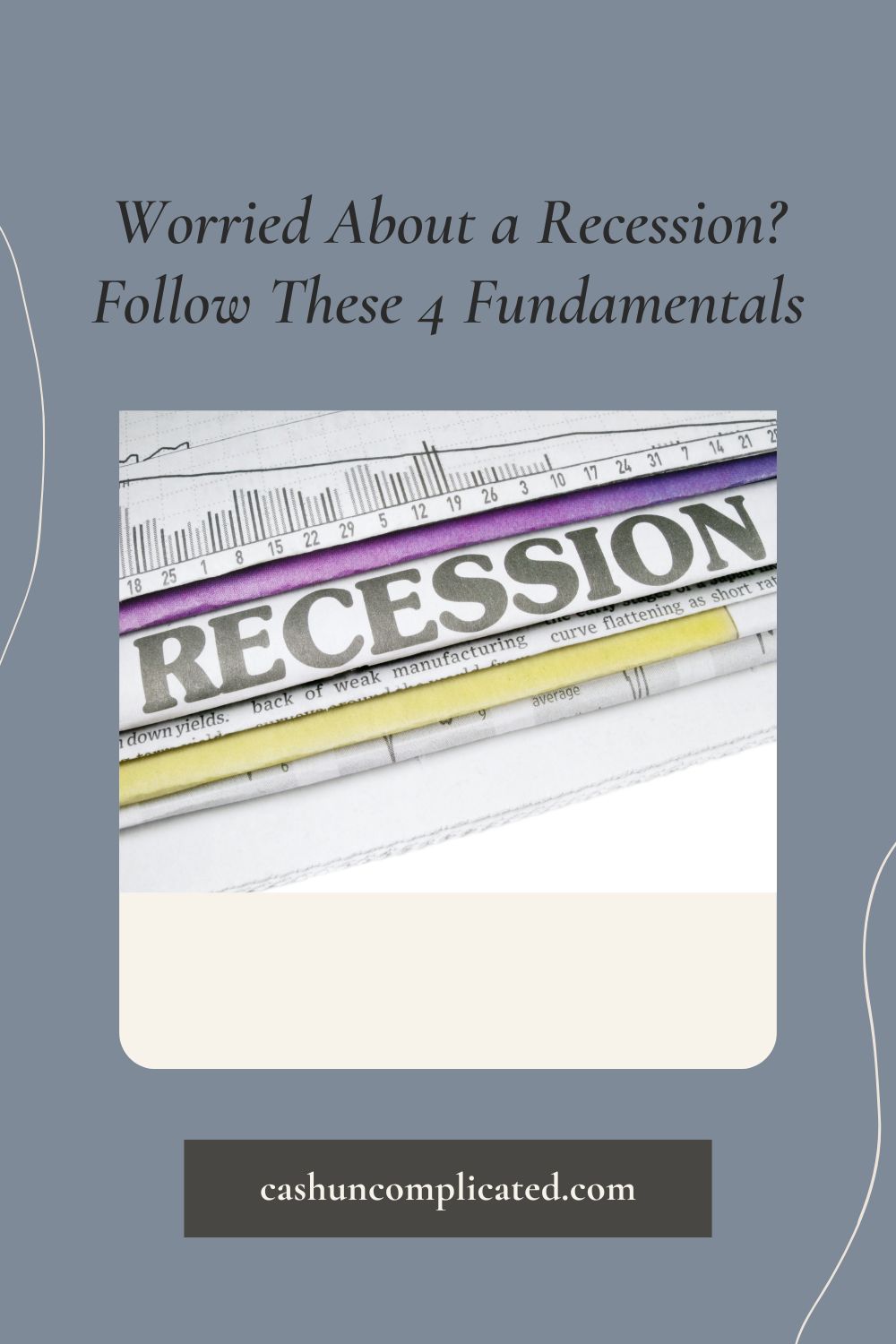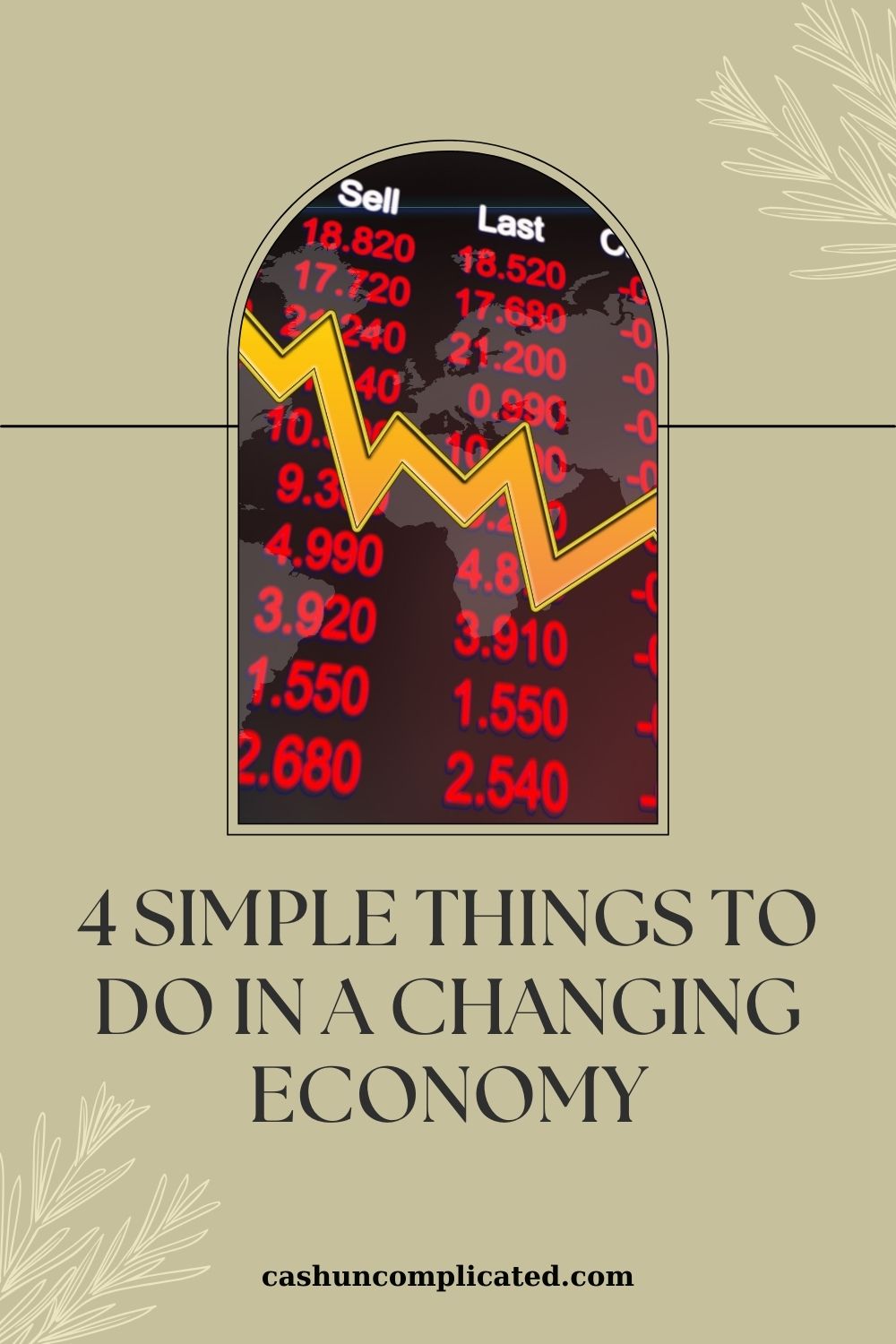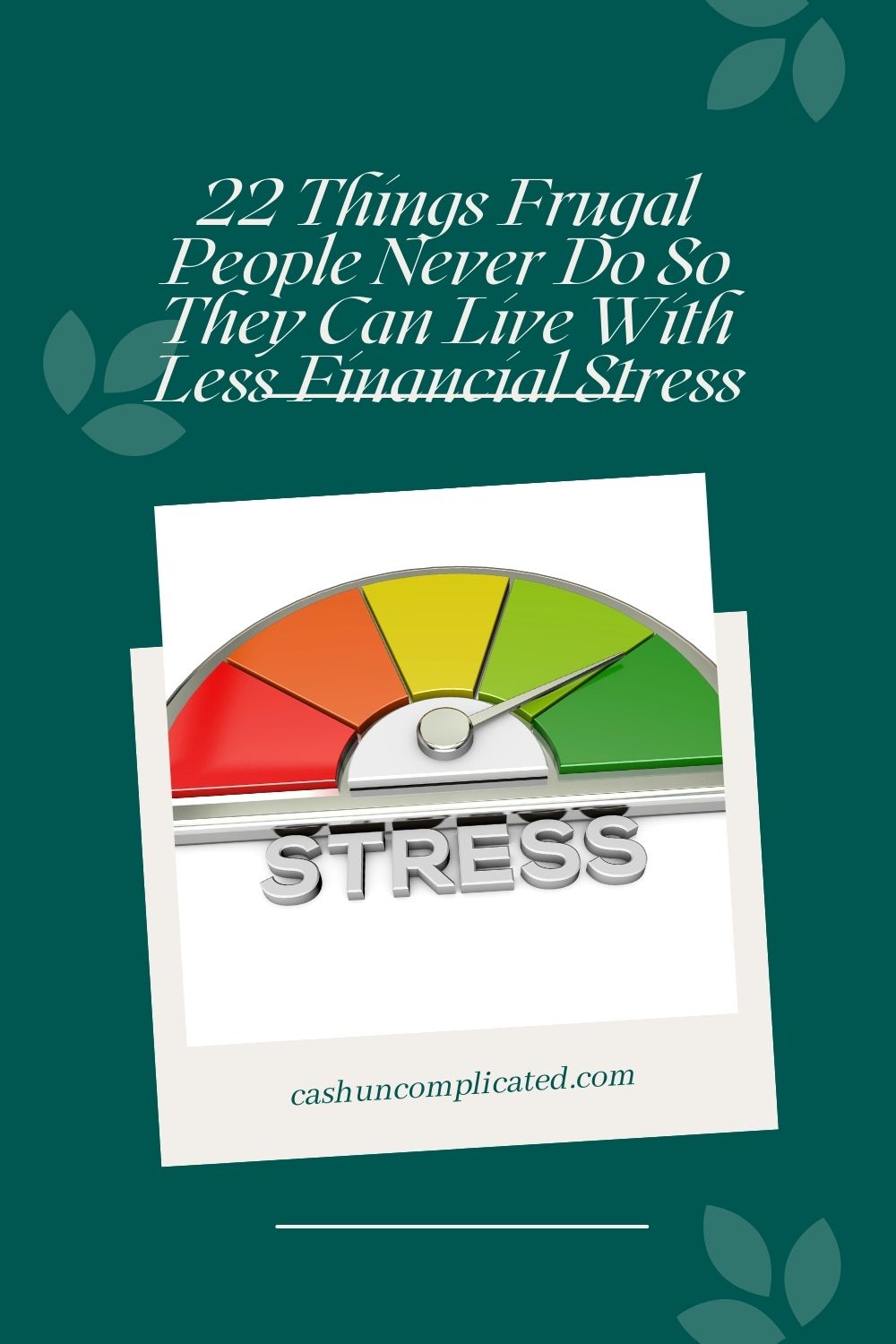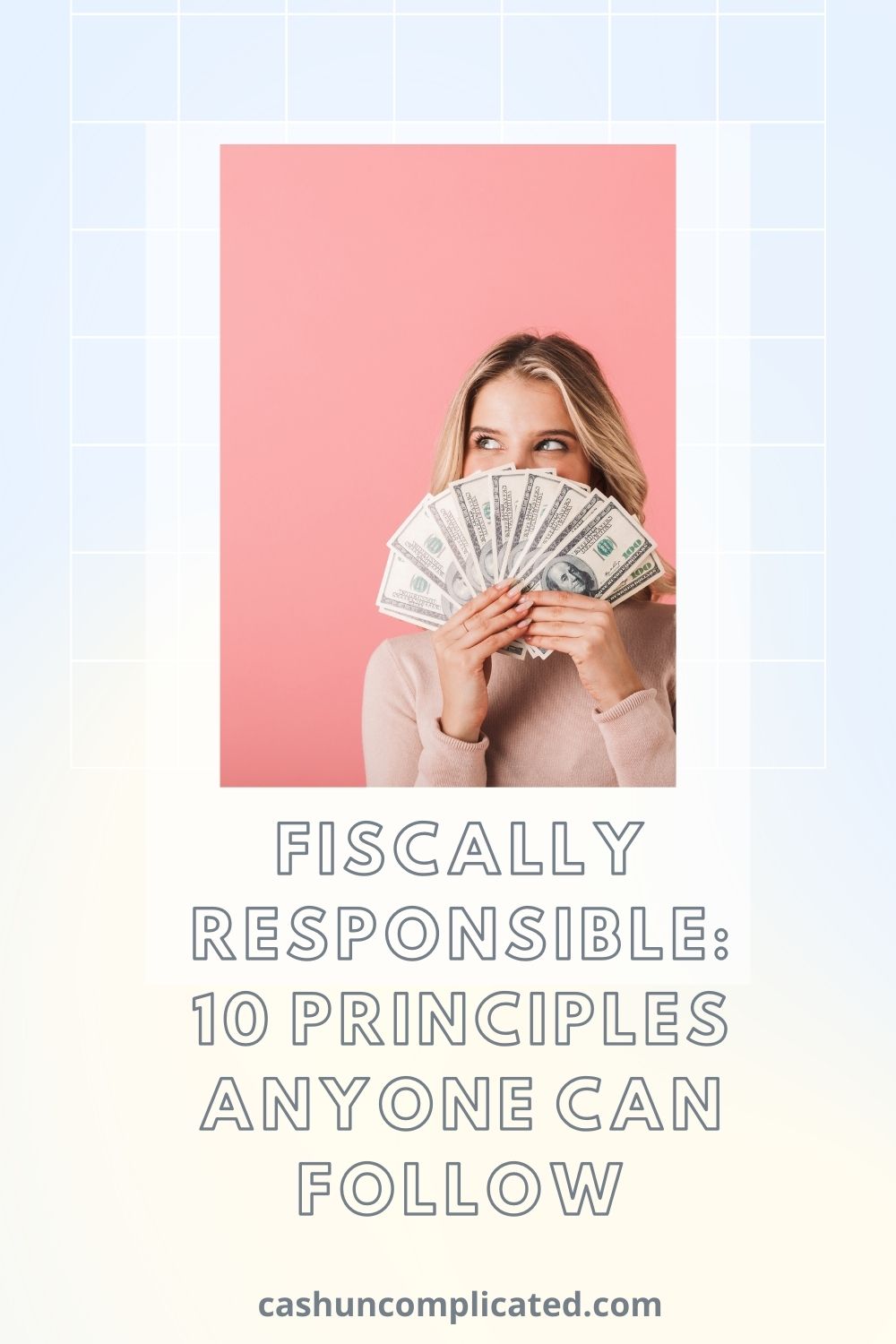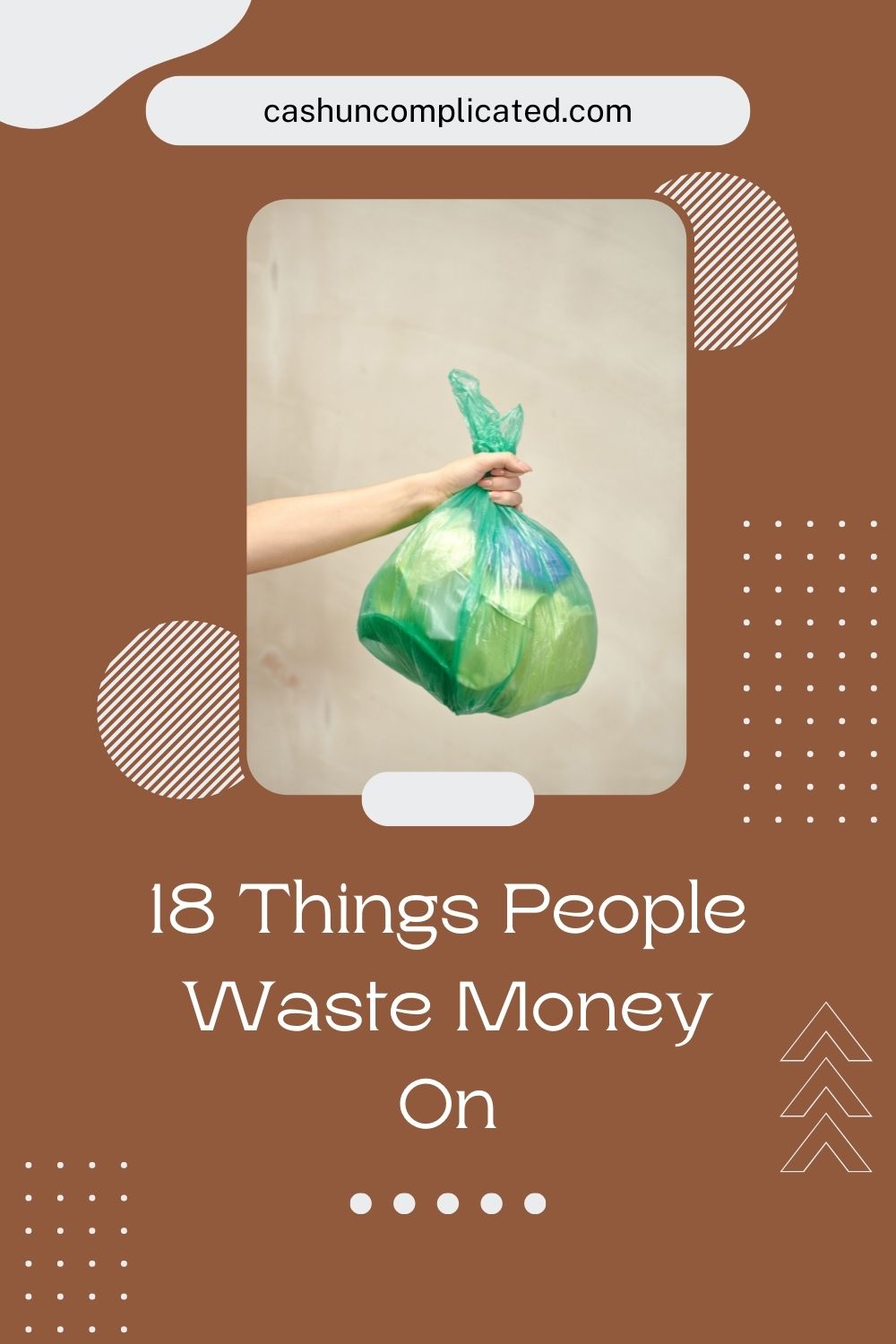There are lots of different ways to budget. One way is using cash envelope budgeting categories. This type of budgeting was popularized by Dave Ramsey and will help keep anyone on a strict budget.
What is Envelope Budgeting Using Cash Envelope Categories?
Envelope budgeting using cash envelope categories is setting aside money every month for different areas of your life. For example, categories can include groceries, entertainment, car/transportation, etc.
Money is literally put into an envelope to be used for that category each month. So if you have a grocery budget of $1,200 per month, you would put $1,200 into the envelope at the start of the month. If you had a budget of $400 for car/transportation costs, you would put $400 into an envelope and use it for gas, public transportation tickets, etc.
Positives to Envelope Budgeting
There are positives and negatives to envelope budgeting. Let’s start with the positives. First off, it’s psychologically more difficult to spend cash than swipe or scan a credit card.
That in of itself makes envelope budgeting worthwhile. Other benefits include:
- Fixed amount to spend every month
- Harder to go over budget because you see the cash diminishing
- Forces you to think twice about spending
- Highly intentional
- For those in credit card debt: not adding more money to the debt
Of course there are other benefits to this system, these are just some of the most notable.
Drawbacks to Envelope Budgeting
The biggest drawback to envelope budgeting using cash envelope categories is convenience. While envelope budgeting is highly intentional and works for many people, it’s also inconvenient. It takes time to get the cash out, stuff the envelopes, and pull the money out to spend.
Other drawbacks include:
- Can’t use cash to pay for things online
- Risk of losing money
- Higher risk of theft
- Less opportunities to take advantage of big sales
For some, the drawbacks to envelope budgeting are high enough where it doesn’t make the process worth it. For others, the structure and systemization that envelopes provide is worth the inconveniences.
Envelope Budgeting: Seven Cash Envelope Categories and Sub-Categories
It’s possible to literally make dozens of cash envelope categories. I try to make things as simple as possible though, and that means less categories.
I create what I refer to as “umbrella categories”, meaning they are more broad than ultra-specific. For example, if someone has two dogs, a cat, a turtle, and a fish I would create a pet category.
That covers all the pets, eliminating the need to create a category for each individual pet. That cuts it down from five categories (accounting for each of the five pets) to just one umbrella “pet” category.
Now on to the seven cash envelope categories that will keep things as simple as possible yet still cover the monthly expenses.
Number 1: Groceries/Household
First on the list of envelope budgeting cash envelope categories is groceries and household items. That includes grocery stores, warehouse stores, farmer’s markets, etc. Any type of food would or household items qualify.
Household items include paper towels, aluminum foil, trash bags, shampoo, soap, etc. To keep things simple, all of these items fall under the same umbrella. It might be tempting to create multiple categories here, but resist the temptation.
Adding separate categories such as snacks, dinners, dental, skincare, etc. would make things way too cumbersome and time consuming.
Number 2: Entertainment
I’ve heard a large number of personal finance experts advising to cut almost everything. To me, this is the equivalent of a crash diet. I’m more about sustainability and making long-term positive money choices.
This is why I like to leave some room in the budget for entertainment. I’m not suggesting someone who makes $40,000 per year spend three thousand dollars a month on entertainment, but some money should be allocated to this area.
A ballgame, night at the theatre, dinner with friends, etc. would all fall under this category. Again, this goes back to sustainability. If all your good friends are going out for a friend’s birthday celebration, you should be able to go.
Even if you haven’t met all your financial goals (which never end by the way), attending events like this are important. This is where it’s valuable to pull out cash for the event and attend worry-free.
Related:
Same thing for catching a sporting event. If you want to go to a baseball game now and then, you should be able to. That doesn’t mean sitting in the luxury boxes and spending thousands of dollars every Tuesday night, but an occasional game is well within the reach of most people.
Number 3: Car/Transportation
The third of the envelope budgeting cash envelope categories is for vehicles/transportation. Here’s where a mix of funds helps. The envelope cash budgeting is for routine things like a monthly subway/public transit pass, gas, oil changes, etc.
All predictable and routine. For example, someone with a gas powered vehicle who drives 1,500 miles per month would know they need an oil change every few months. They also know they’ll need to fill up the gas tank multiple times per month. Money should be allocated for these things.
What isn’t always predictable with vehicles is when they are going to break. Everyone knows at some point a vehicle will need repairing. How often and how much is the big variable. Some cars are more reliable and less expensive to fix than others while others are costly and frequent.
This is where a hybrid system is particularly effective if you’re using envelope budgeting cash envelope categories. The cash envelopes are great for the routine. But for the less predictable, a strong emergency fund is a great supplement.
An emergency fund will cover the bigger costs of a vehicle such as the starter going out, a timing belt needing replacement, major oil leaks, transmission issues, etc. There’s not a need to carry massive amounts of cash in the envelopes for events that occur once every year or two.
That’s why the emergency fund is such a good supplement to the cash envelope system.
Number 4: Extracurricular Kids Activities
Just like with routine car and transportation costs, extracurricular kid’s activities are mostly predictable. If your child does a few sports a year–say gymnastics, soccer, baseball, and basketball, you know you’ll be spending around a hundred dollars per month.
Those are all predictable expenses, especially after a few years of having kids in activities, you kind of develop a rhythm. For unpredictable expenses such as your child’s team makes it to the championship game five hours from the house, you’ll want to combine the cash envelopes with some of your savings.
Number 5: Medical
Realistically, the bigger healthcare costs like the monthly premiums are going to be billed to you. You wouldn’t be using envelope budgeting for that. What you could use envelope budgeting for is the routine monthly medical expenses.
Routine expenses would include things like co-pays for trips to the doctor or dentist, medication(s), etc. Bigger items like trips to the ER and glasses would come from another source because they aren’t predictable monthly expenses.
In my opinion, envelope budgeting should be reserved for the routine and predictable. Put enough money in your envelope for the predictable and then fund other medical expenses via your emergency fund or another source.
That will avoid having too much or too little in your envelopes, which would create unnecessary stress and volatility.
Number 6: Pet
The next of the envelope budgeting cash envelope categories is similar to the last category in the sense that it’s unpredictable. Routine things like food, groomer appointments, and medications are predictable. Those things will remain fairly consistent.
What’s not predictable are pet emergencies that cost $1,000+ or expensive procedures. If you’re going to use cash envelope categories, set aside cash for the routine and predictable and pay for the expensive and/or unexpected from your emergency fund.
Number 7: Personal/Miscellaneous
The next category will give you some leeway in your monthly budget. Set aside some cash for personal and miscellaneous. Every month there are bound to be some things that come up you forgot to account for or are irregular expenses.
Here are a few examples:
- Hair care products you only buy once every five months
- Dental products you only purchase every few months like toothpaste and floss
- Items you buy in bulk a few times a year like lotion
You’ll probably keep less in this envelope than your other cash envelope categories, but it’s useful to have.
Bonus: Categories Without an Envelope
Not every category is going to have an envelope. While the main purpose of this post is to review envelope budgeting cash envelope categories, it’s important to address other categories because they are going to have a major impact on your long-term personal finances.
Number 1: Emergency Fund
I write about the importance of having an emergency fund a lot. Reason being is it’s a critical account to have for the unexpected. You don’t want to be in a situation where you’re short on money for an unexpected cost like a major car or home repair, medical cost, or vet bill.
An emergency fund will also provide some insurance against a job loss or eduction in hours. The idea is you’ll have some financial runway for the unexpected, which is a part of life.
For more on emergency funds, see these posts:
- The Broken Down Car and the Emergency Fund
- Why the Pandemic Prompted Me to Increase My Emergency Fund
Number 2: Investments
One of the most important things anyone can do for their long-term financial wellbeing is invest. Investing is not only a way to beat inflation but is the clearest pathway to financial freedom for most people.
You’re not going to stuff a cash envelope every month, stick it under your bed, and call it an investment. That’s where you want to have a separate account that you contribute to every month, ideally 20 percent of your income or more.
For more on investing, see these posts:
- How to Become an Investor: 10 Ways
- Dollar-Cost Averaging: Why I Do It and 7 Reasons You Should Too
- Top 10 Reasons to Pay Yourself First
Number 3: Personal
What fun is life without having a little bit of money set aside for yourself. Both my wife and I keep a small personal account where we can spend the money on anything we like. It’s designed to be a little extra for us without having to worry about the impact on the monthly budget.
A lot of couple’s fight and/or feel guilty about spending money. A small personal account prevents this from happening because that money belongs to the individual and the other person doesn’t question it. This is something that’s worked for many years for me and my wife and we plan on keeping the system indefinitely.
Number 4: Vacation
Similar to the investment category, nobody is going to squirrel money away under their bed to pay for a vacation. Trips or vacations often cost in the thousands, so it makes sense to have an account for it.
Set aside money every month into a vacation account and pull it out when you need to pay for a trip. This allows you to not only save monthly for vacations, but also to have them paid for before they even begin. The money you budget is always there so no need to scramble last minute.
Conclusion: A Hybrid Approach
Envelope budgeting cash envelope categories works great for some people. I personally don’t use cash envelopes, but I see the allure behind them so it’s well worth writing about.
I also implore people to be creative and consider a hybrid system. If you want to use cash envelopes, combine them with other accounts to create a dynamic and sustainable system. That way you get the best of both worlds.
In personal finance, it’s important to pick what works for you. Every expert has their opinion of what works, but only you know what works for you. Take ideas from others, combine them to create something that works for you and implement it.
Do you use envelope budgeting cash envelope categories?

